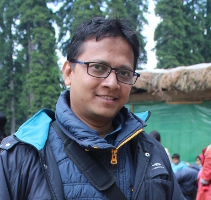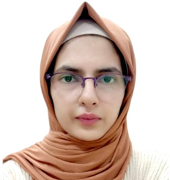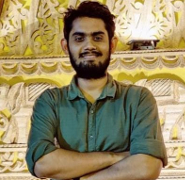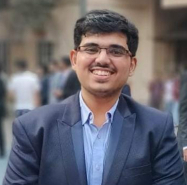
This site does not support landscape mode. Please return to portrait mode.
Galaxies are the building blocks of the universe. They form the beads of cosmic jewelry that define structure on the largest scales. However, the formation and evolution process of these galaxies is one of the open areas in astrophysics with many unsolved questions. We try to answer some of these fundamental questions using observations of nearby galaxies.
Neutral Hydrogen map of Holmberg II, NGC 628, NGC 6946, and DDO 154
Data: The HI Nearby Galaxy Survey (Walter et. al. (2008))
Dark matter and the Lmbda-CDM
Click to Know MoreGalaxy formation and evolution
Click to Know MoreInstrumentation
Click to Know More

Dr. Narendra Nath Patra Principal Investigator Dr. Narendra Nath Patra obtained his Ph.D. from the National Centre for Radio Astrophysics, Tata Institute of Fundamental Research, under the guidance of Prof. Jayaram N. Chengalur. He did his first postdoc from NCRA-TIFR itself, where he worked on the proposed expansion of the Giant Meter-wave Radio Telescope (E-GMRT) and designed its antenna configuration. He then moved to the Raman Research Institute as a Pancharatnam Fellow in 2018. He joined the Department of Astronomy Astrophysics and Space Engineering of the Indian Institute of Technology in 2021 and established a Galaxy Research Group to investigate the process of galaxy formation and evolution. He also established the Digital Backend Lab at DAASE, which focuses on building digital receivers for radio telescopes. He is actively working on commissioning the four-element interferometer (IIRI) at IIT Indore. |

Alvera Farooqui |

Saurabh |

Ankit Bhanu |

Harshal Raut |
|
Address
|